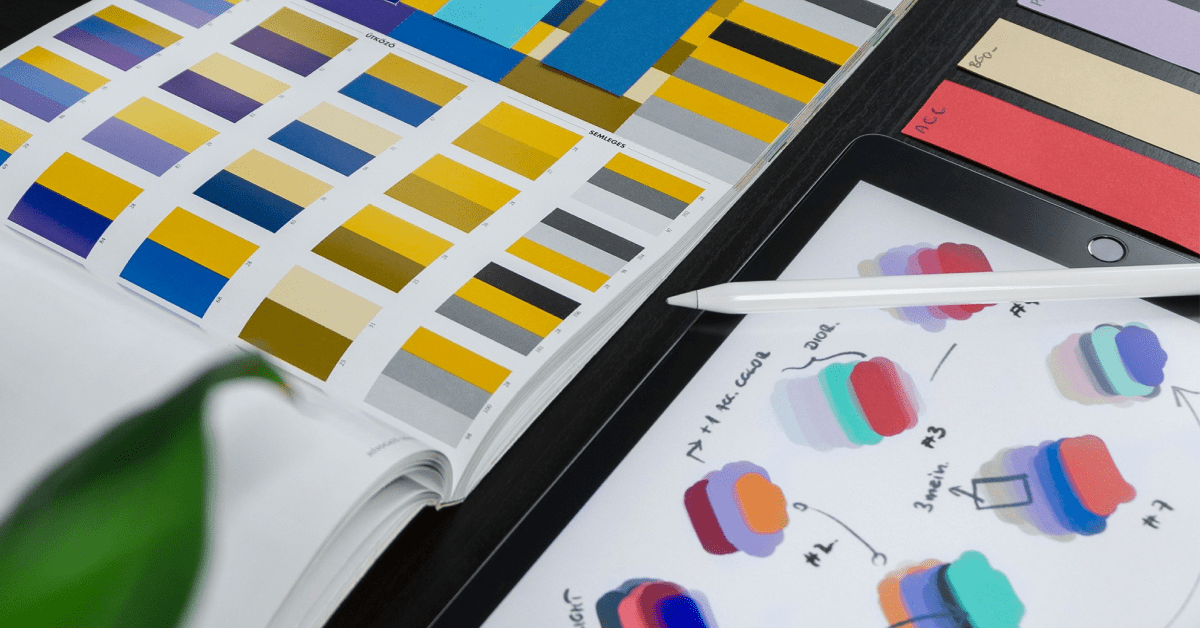Why Do Design Systems Fail?
A design system can be a powerful tool for maintaining consistency and efficiency, but not all design systems succeed. Several factors contribute to their failure, and recognizing these issues early can help teams avoid common pitfalls.
One of the biggest challenges is lack of consistency. If not everyone follows the same guidelines or naming conventions, the system can quickly become disorganized. Some designers may modify components without informing the team, leading to multiple versions of the same element floating around. Over time, this results in outdated designs and misalignment between teams.
Another challenge is too many people making changes without coordination. When multiple stakeholders have input but lack a structured process, the design system can become chaotic. Clear governance and a well-documented update process are necessary to keep things organized.
Poor communication is another major issue. When designers and developers make updates without informing each other, confusion arises. A well-functioning design system relies on transparency, where all teams stay informed about changes and how they affect different products.
Some design systems fail because they are simply not user-friendly. If the system is too complex or lacks clear documentation, teams may not adopt it fully. This often leads to designers guessing how components should be used, which increases the likelihood of inconsistent design patterns. It is important to make the system intuitive and easy to navigate, providing clear examples and guidelines.
A discrepancy between design and code can also break a system. Even when teams work hard to create a single source of truth, design and development can drift apart. If coded components do not match their Figma counterparts, developers may hesitate about which version to follow. This misalignment creates unnecessary friction and can cause the entire system to lose credibility.
Setting Realistic Expectations
Many teams start with the ambition of creating the best design system possible, but high expectations can sometimes lead to failure. Public design systems from large companies are often built by dedicated teams working full-time. However, most companies do not have that luxury, and their design system starts as a side project.
One surprising example is Figma itself. Despite being a leading design tool, Figma did not have a design system until recently. Instead of building an elaborate system from the start, they focused on essential elements and gradually refined them. This approach is practical for most teams: starting small, ensuring the basics are strong, and expanding the system over time.
For many designers, working on a design system is something they do in spare time rather than as a fulltime responsibility. It is common for teams to spend only a few hours per week on their system. Because of this, progress can feel slow, but consistency is key. Regularly revisiting and improving the system helps it evolve naturally.
Communicating expectations to leadership is also crucial. If stakeholders demand a fully built-out design system right away, it is important to push back with realistic timelines. A designer might say, “I can give you a basic version by tomorrow, but it will be minimal and unpolished. If you want a well-developed system, it will take more time and effort.” Having these conversations early can prevent frustration and misaligned expectations.
From Spare-Time to Full-Time Systems
A design system often evolves through different stages. Initially, it may start as a spare-time project, where a designer works on it occasionally to improve team workflows. Over time, as the system gains traction, it can become an allocated system, where maintaining and improving the design system is part of someone’s official role. Eventually, in larger organizations, the design system may become a fulltime effort, with a dedicated team responsible for its growth and maintenance.
When a system reaches the allocated stage, it starts playing a bigger role in team conversations. At this point, leadership often sees its value and begins investing more resources into its development. This shift is necessary when a company wants to create a high-quality, scalable system rather than just a collection of design files.
For organizations that grow large enough, a fulltime design system team may be formed. This team ensures the system remains cohesive, updated, and widely adopted across different teams. However, even at this stage, the system requires continuous maintenance and evolution. A design system is never truly “finished”. It must adapt as products and technologies change.
My own experience has been with a fulltime design system team. We established solid foundations, components, and design guidelines. Our next steps included building pattern libraries, creating onboarding resources, and integrating Storybook with development teams. The goal was not only to refine the system but also to encourage more teams to use and benefit from it.
Final Thought
A design system is an evolving framework that helps teams maintain consistency and efficiency. Whether you are working on a small side project or a large-scale system, the key is to start simple, set realistic expectations, and continuously refine the system as your team grows.
If you’d like to discuss this topic further or explore how I can help you build one for your project or your team, feel free to reach out at hello@anitachang.com. I’d love to hear from you!
